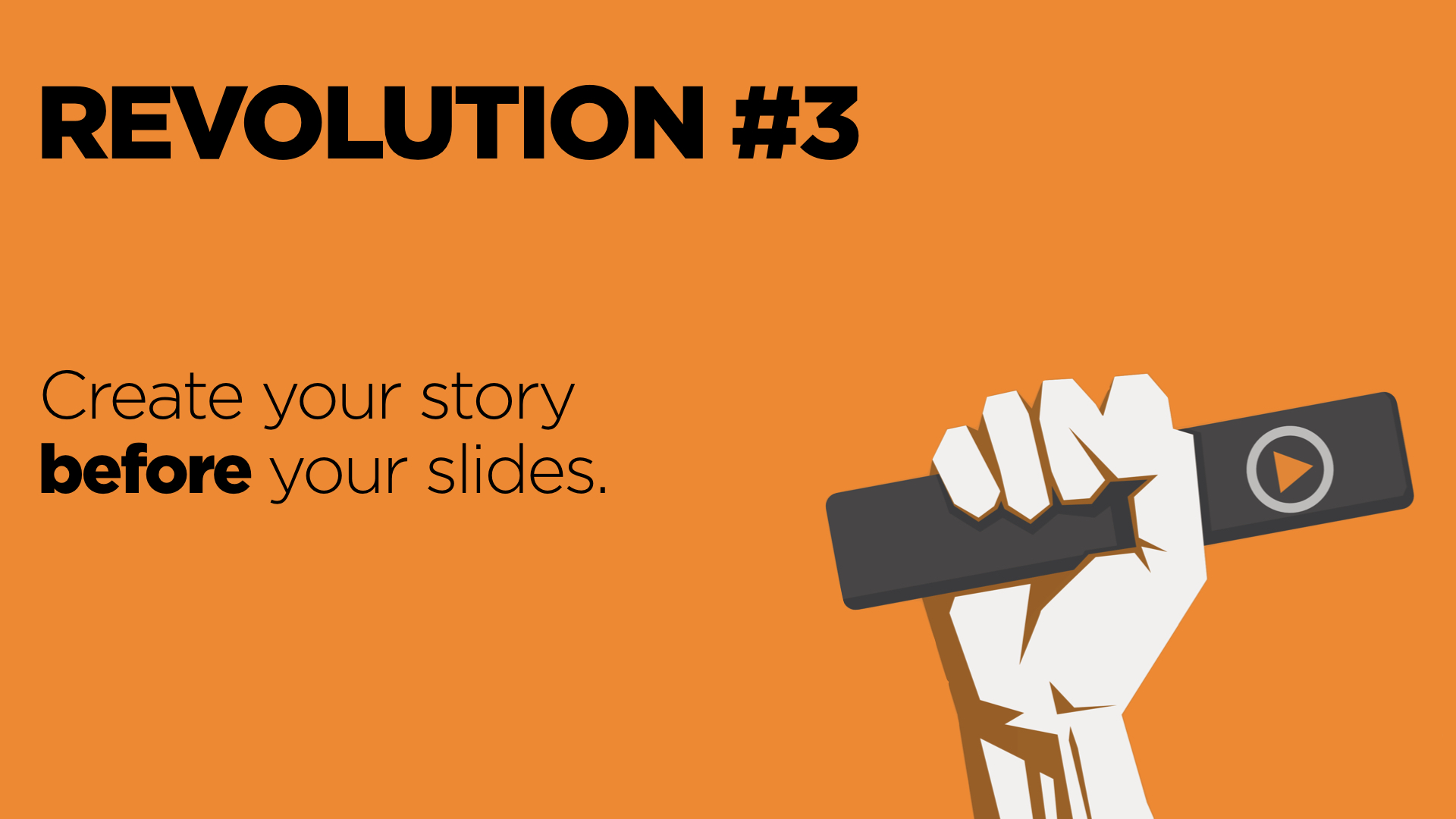As our recent LinkedIn poll showed clearly, the number one thing people hate about presentations is when the speaker reads slides to the audience.
Why does anyone still do this? If you show them all the text, they can read it far more quickly than you can say it, and they will wonder why you didn’t just give them a document to read instead.
If you are going to read your bullet-points, and then comment on them, be aware that while you are talking about point 1, they have finished reading all 6 points on your slide, and are switching off until you catch up with them.
So let’s make three things very clear.
- Your slides are not your cue-card, existing only to help you to remember what to say because you didn’t prepare properly. They are visual aids for your audience.
- Your slides are not a document, to be shared offline as well as shown during your presentation. If you need to share something before or afterwards, send a proper standalone document, not a set of incomplete bullet-points that could be (mis)understood in many ways.
- You’re not there to comment on your slides. Your slides exist to illustrate and reinforce what you say, so your audience can understand it more clearly, and remember it for longer.
So we need to stop putting the cart before the horse. When we prepare a presentation, we first prepare the storyline so we know what we are going to say to the audience, and then we can ask ourselves whether, at some points, the audience will benefit from some visual aids.

I invite you to throw away the idea that you need slides. By default, assume that your talk does not need slides, unless proven otherwise. Sir Ken Robinson’s famous TED talk, Do Schools Kill Creativity? uses no visual aids other than the images his stories create in our minds, and at the time of writing that is the most-viewed TED talk of all time.
But if slides are optional, a strong storyline is necessary. Prepare your story first, and then, if it will help your audience, by all means prepare some visual aids. You’ll be amazed how big a difference this simple process change can make. Often the smallest revolutions are the most important.
This article contains extracts from Business Presentation Revolution, by Phil Waknell, published in July 2021. Download the introduction free at https://www.ideasonstage.com/resources/books/business-presentation-revolution-book/ and join the revolution!